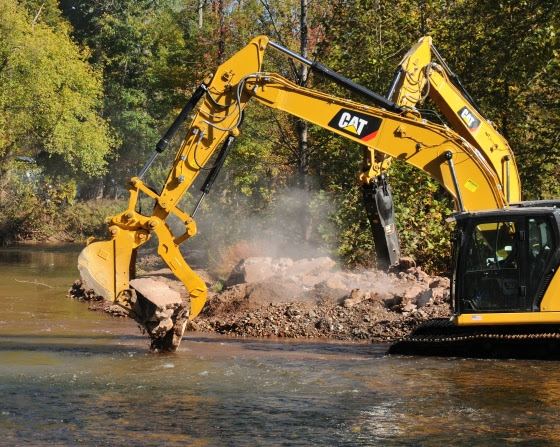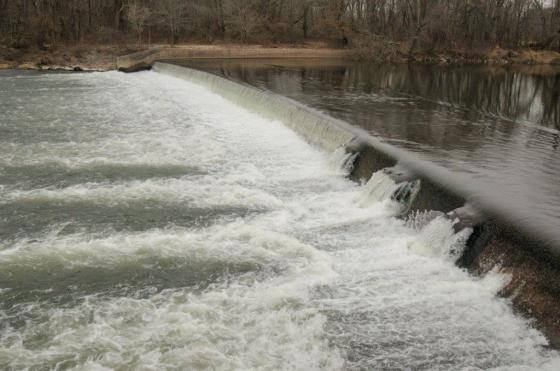Where the Raritan Flows No One Knows
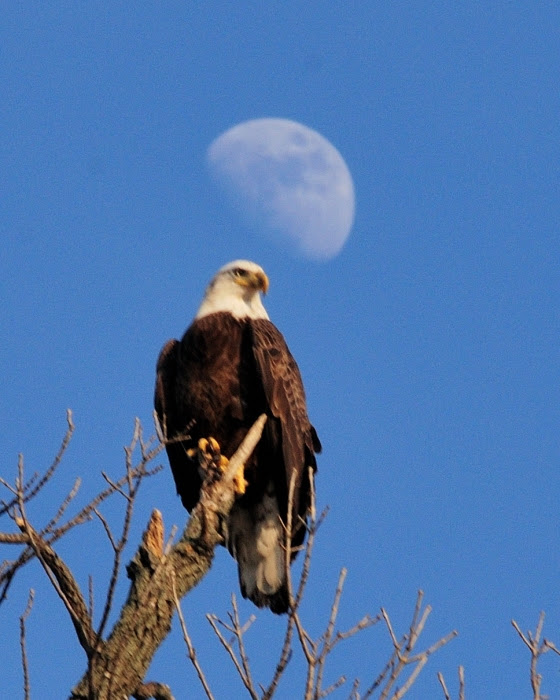
The Raritan River is the longest river that flows within NJ, its rich, pre and post-colonial history well documented in archives and books. Surprisingly, its location has confused state and federal authorities who have mislabeled the North and South Branch of the Raritan River as the Raritan River. Signs on interstate 78 in Clinton identify the South Branch as the Raritan River. Further east on I-78 the North Branch is designated at the Raritan River. State road 202 at the border of Branchburg and Bridgewater claim the North Branch of the Raritan River as the Raritan River.

To further muddy the waters of the Raritan, an online search of the River’s length will show anywhere from 69.60 to 115 miles. Imagine, a defined measurement of a major river’s length cannot be established! For the record, based on my two canoe trips down the entire Raritan River, I estimate its length at 33 miles. Given the margin of error, 33 miles referenced against the lowest published estimate of 69.60 miles, creates more of an enigma than a reality.
To bring the Raritan River in focus from an enigma, and accord the respect it deserves, it must be properly defined and labeled. Once the river’s identity is established, a gravitational pull of curiosity arises and compels a quest for more information. A better understanding of the river’s role in its watershed and the community it supports can provide critical perspective needed to make sound land and water management decisions.
The first step in establishing respect, whether a person or a river, is to know their name. It is innate in our nature to respond kindlier when a name is offered upon introduction. Consider a hiker walking across a field, free of obstruction, the path will be a straight line. Point out a single species of grass, and the hiker will alter their path to avoid stepping on the now identifiable plant.
Toward that end, an effort is underway to define the beginning of the Raritan River with a boulder placed at the confluence of its north and south branches. A bronze plaque will be attached and petroglyphs carved into the boulder to memorialize native animals and first people.
This indelible marker will, in a way, serve as a birth certificate in the form of a ‘birthstone’ to legitimize the Raritan River proper.
“Raritan River Birthstone” (DRAFT for plaque) “This stone marks the beginning of the
Raritan River and defines this natural treasure as an entity. The Raritan River’s legacy of beauty, inspiration and use, has nurtured all life since its post glacial formation. Arising from the confluence of its north and south branches, the Raritan River begins its thirty-three mile journey to the sea. The petroglyphs carved into this stone represent wildlife and symbols of the Unami, a branch of the Lenape tribe, which would have been seen in glyphs carved by the earliest people”. “Dedicated by the Lower Raritan Watershed Partnership 2023.”
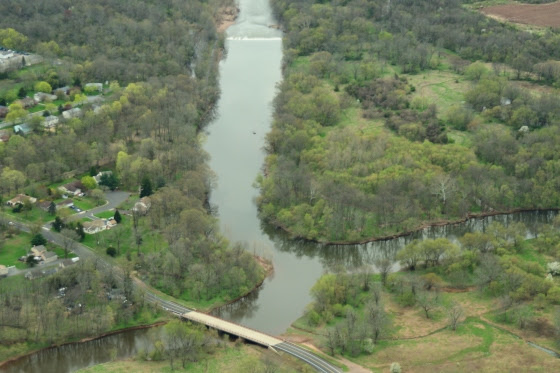
In 2023’s Raritan River, dolphins and seals ply the waters up to New Brunswick, while young Hudson Bay striped bass and alewives make their way up river to Bound Brook. As dams are removed and historic fisheries revitalized, the Raritan River is in a way reborn and deserving of a ‘birthstone’ to finally mark it place of birth.
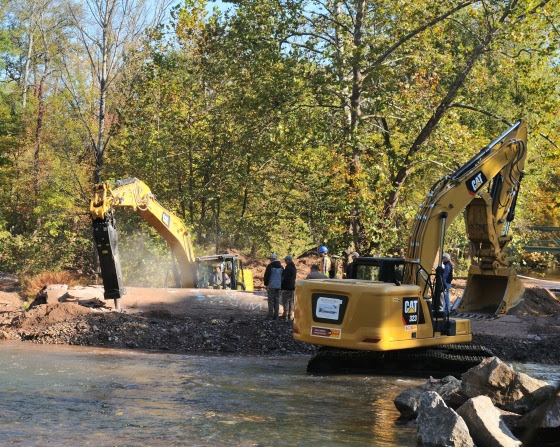

Author Joe Mish has been running wild in New Jersey since childhood when he found ways to escape his mother’s watchful eyes. He continues to trek the swamps, rivers and thickets seeking to share, with the residents and visitors, all of the state’s natural beauty hidden within full view. To read more of his writing and view more of his gorgeous photographs visit Winter Bear Rising, his wordpress blog. Joe’s series “Nature on the Raritan, Hidden in Plain View” runs monthly as part of the LRWP “Voices of the Watershed” series. Writing and photos used with permission from the author. Contact jjmish57@msn.com.


